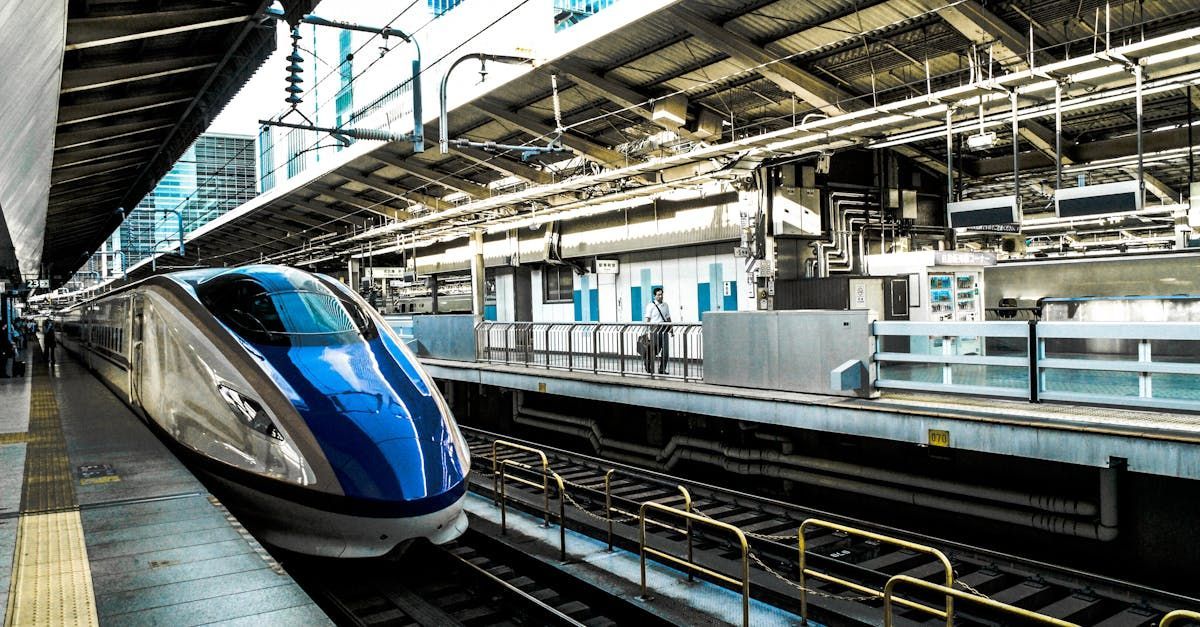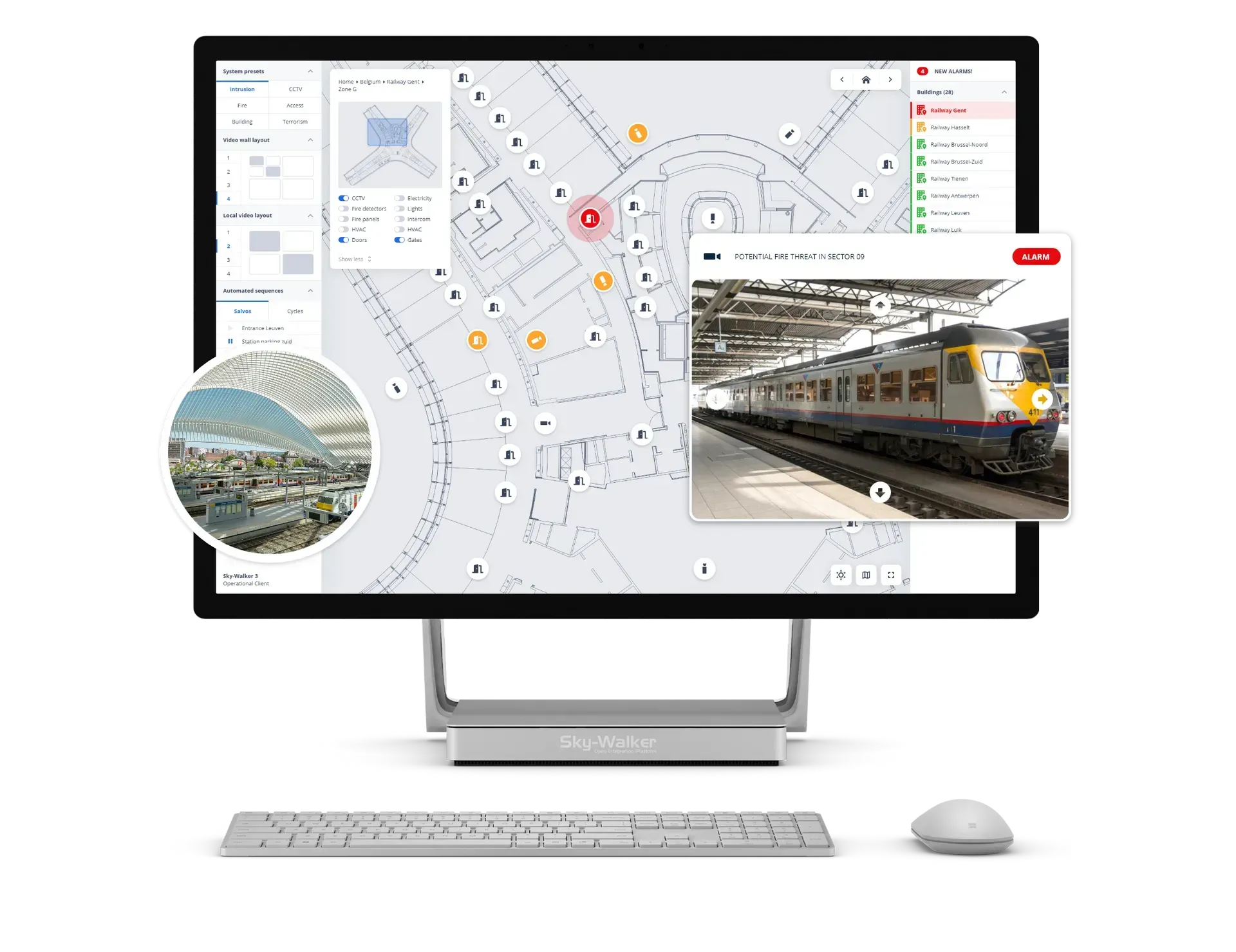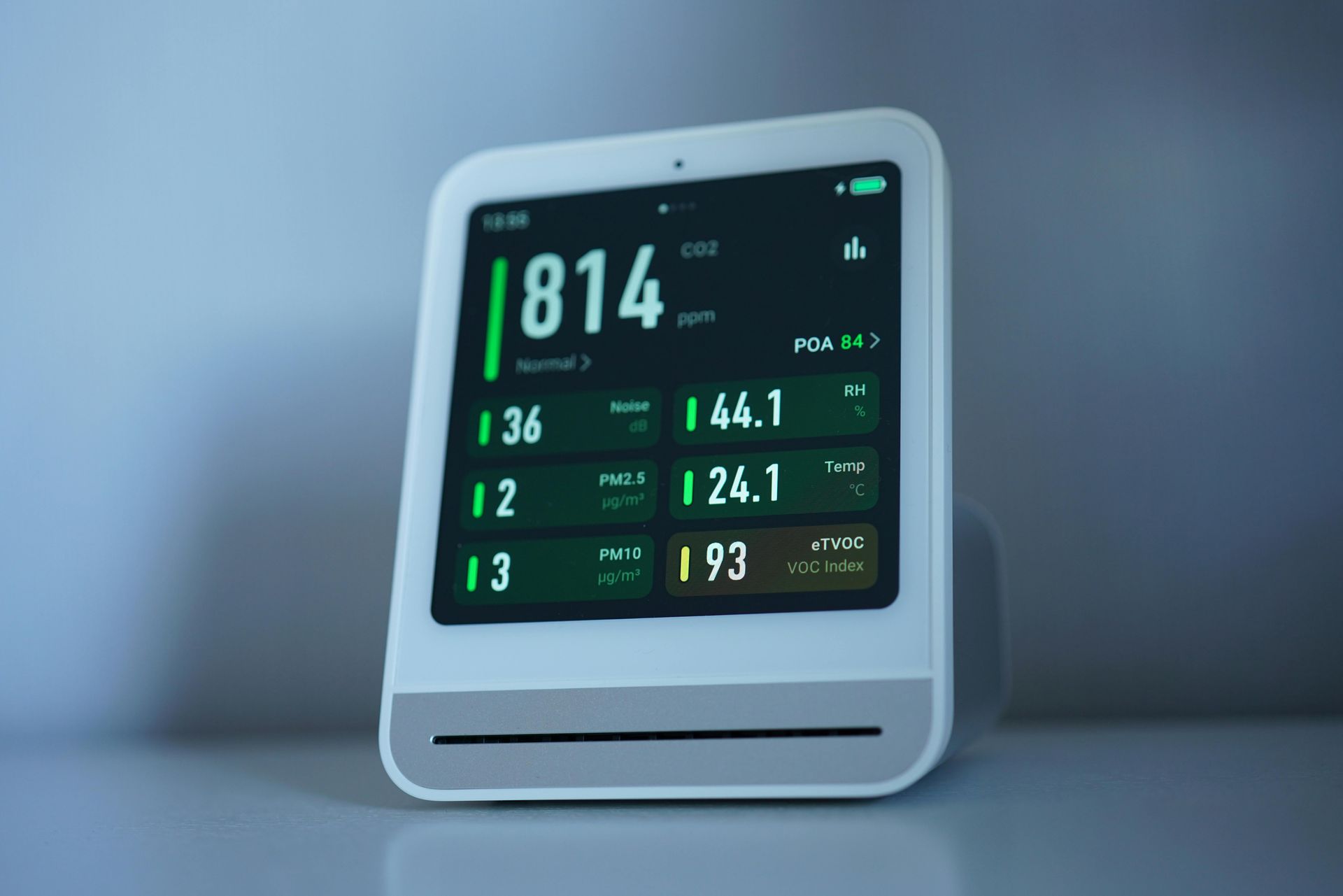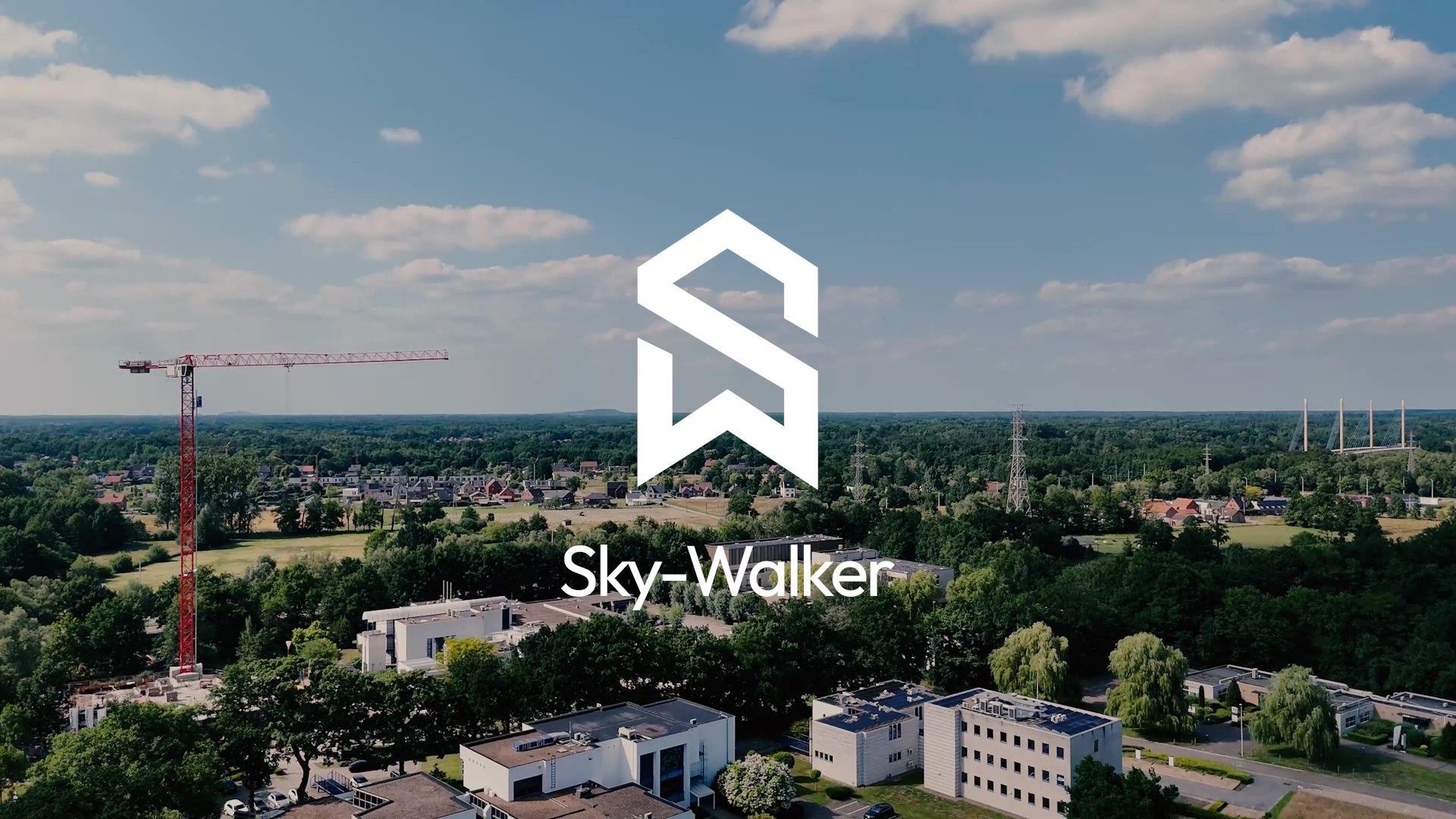Making public transport smarter, safer, and more efficient
The world becomes digital
Belgium is 12th on the list of public transport in Europe. Public transport is for a lot of people the main way to get around. No need to struggle with parking. In Belgium, there are a lot of ways to get from one place to another, like trains, subways, and buses. To make traveling with public transport easier, they innovate non-stop. No more need for a paper map to make sure you have the right line to get to your destination. They have apps for every type of transport.
For train travel, the NMBS app provides real-time information about your journey and the ability to buy tickets directly on your phone. For bus and tram travel in Flanders, the De Lijn app shows where buses are on their routes in real-time and allows ticket purchases. In Brussels, the MIVB app helps travelers navigate bus, tram, and metro lines, with a map of all stops and the option to combine different modes of transport. For Wallonia, the TEC app provides information for TEC services but also integrates NMBS, De Lijn, and MIVB data, including ticketing options.
In addition to apps, Belgium offers other modern payment options for public transport. Travelers can use Buzzypass cards, contactless payment with bank cards, SMS tickets, or even buy a temporary paper ticket if needed. These innovations make commuting smoother, faster, and more convenient, helping people rely on public transport with ease of mind.
Read more about it here:
https://www.dewereldmorgen.be/artikel/2023/05/04/europese-rangschikking-openbaar-vervoer-belgie-scoort-middelmatig#:~:text=Belgi%C3%AB%20scoort%20middelmatig%2C%20Brussel%20beter,echter%20niet%20de%20trein%20nemen.

Data analytics streamlines travel
One of the biggest technological advances in public transport is the use of data analytics. Every vehicle, station, and ticketing system generates massive amounts of data daily. By analyzing this information, operators can optimize routes, predict peak travel times, and reduce delays. For example, buses equipped with GPS tracking can send real-time location updates to central systems. This data helps apps provide accurate arrival times and allows operators to reroute buses during traffic jams or unexpected events.
Train networks also benefit from predictive analytics. Sensors on trains monitor mechanical performance, from brakes to engines. By analyzing this data, maintenance teams can detect issues before they cause breakdowns, reducing downtime and improving safety.
Another critical tool in modern public transport is the use of MAPS and GIS (Geographic Information System) software. These platforms track trains, buses, and trams in real time and display their locations on digital maps accessible via apps or station displays. Passengers can see exactly where their vehicle is, estimated arrival times, and even disruptions along the route. Operators use the same GIS data to optimize scheduling, plan detours, and coordinate maintenance work. By combining GIS mapping with data analytics, Belgium ensures more reliable and transparent transport services for commuters.
Cybersecurity is more important than ever
With the rise of digital tools, apps, and contactless payments, cybersecurity has become a critical concern in public transport. When commuters rely on apps like NMBS, De Lijn, MIVB, or TEC, they trust these platforms with sensitive information, including payment details, personal identification, and travel patterns. A single breach could compromise millions of users, potentially causing financial loss, identity theft, or service disruptions.
To protect travelers, operators implement robust cybersecurity measures. These include secure authentication systems, encrypted communication between devices and central servers, and continuous monitoring for suspicious activity. Even contactless payments, widely adopted for their convenience, use advanced encryption to prevent fraud and ensure transactions remain safe.
Cybersecurity also extends to operational systems. Train signaling, metro control centers, and traffic management systems are increasingly connected to digital networks, making them vulnerable to attacks. Operators conduct regular system audits, penetration testing, and employee training programs to reduce risks. By maintaining strong digital defenses and proactive monitoring, public transport providers ensure that both passenger data and essential transport infrastructure remain secure, allowing commuters to travel with confidence and reliability.
Conclusion
Belgium’s public transport system demonstrates how innovation improves everyday travel. With apps like NMBS, De Lijn, MIVB, and TEC, travelers gain real-time information, digital ticketing options, and live maps showing where their trains and buses are. Data analytics streamlines operations, GIS mapping provides transparency and route optimization, and cybersecurity ensures that sensitive passenger and operational information is protected. By combining these technologies, public transport in Belgium becomes safer, more reliable, and more efficient. Commuters enjoy less stress, smoother journeys, and a modern travel experience built on technology they can trust.
Want to see Sky-Walker in action?








 Download Product Ebook
Download Product Ebook View all our solutions
View all our solutions Sky-Walker Architecture
Sky-Walker Architecture View all our integrations
View all our integrations Book Protocol workshop
Book Protocol workshop Our Company
Our Company Contact Us
Contact Us View All Our Case Studies
View All Our Case Studies Become a PSIM Partner
Become a PSIM Partner Become a Sky-Walker PSIM partner today!
Become a Sky-Walker PSIM partner today! English
English Français
Français Nederlands
Nederlands








